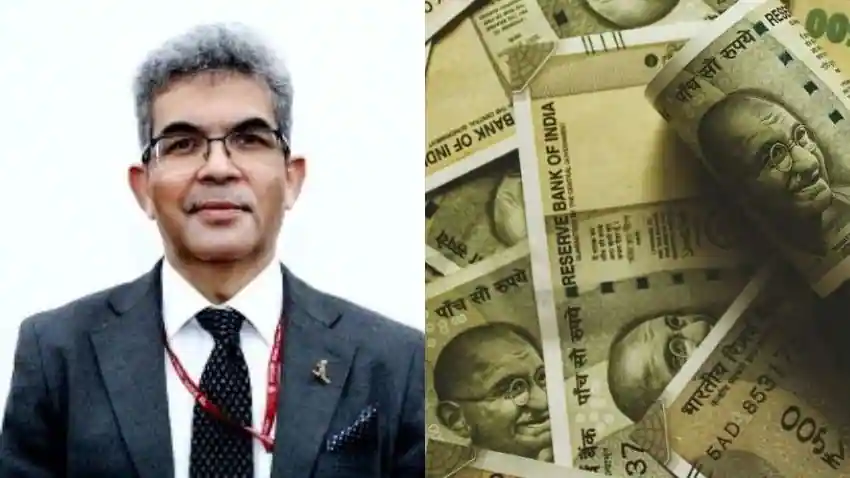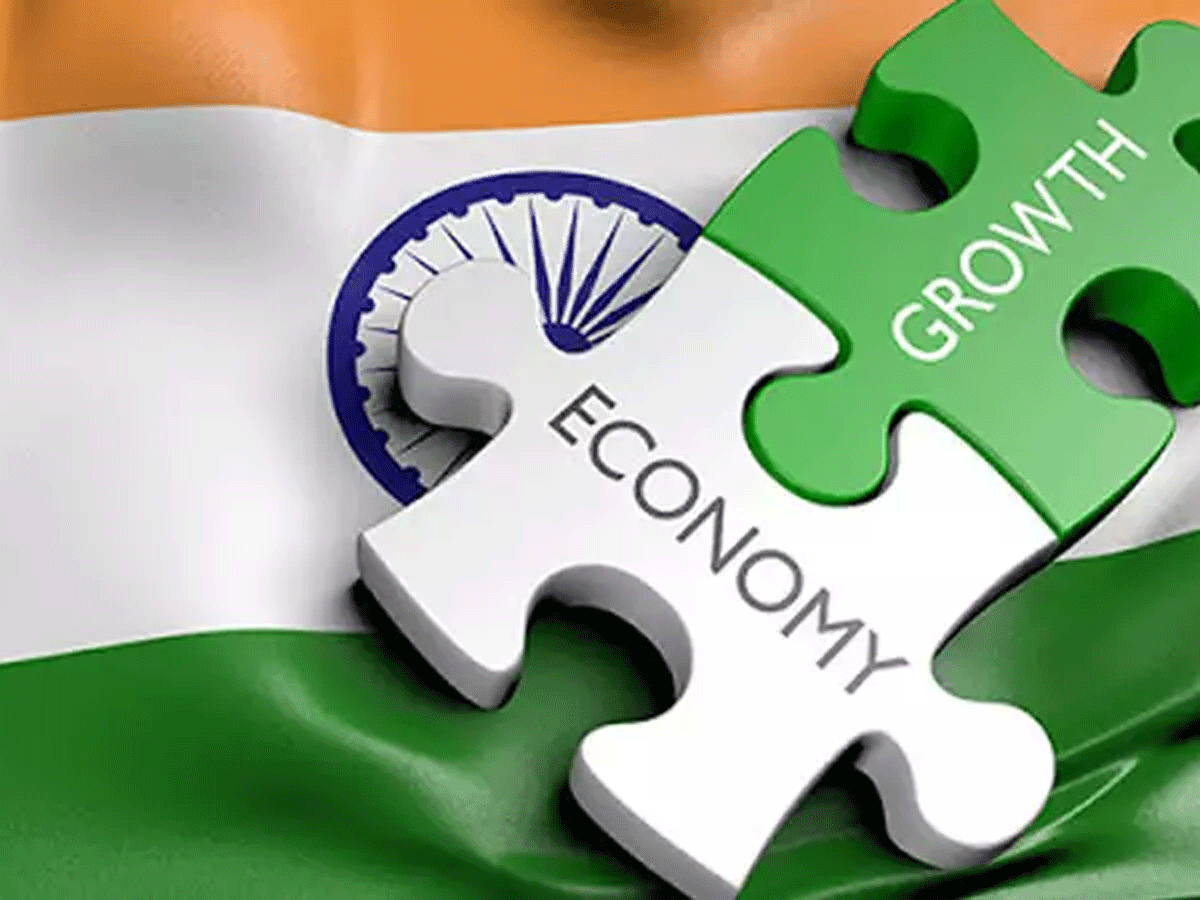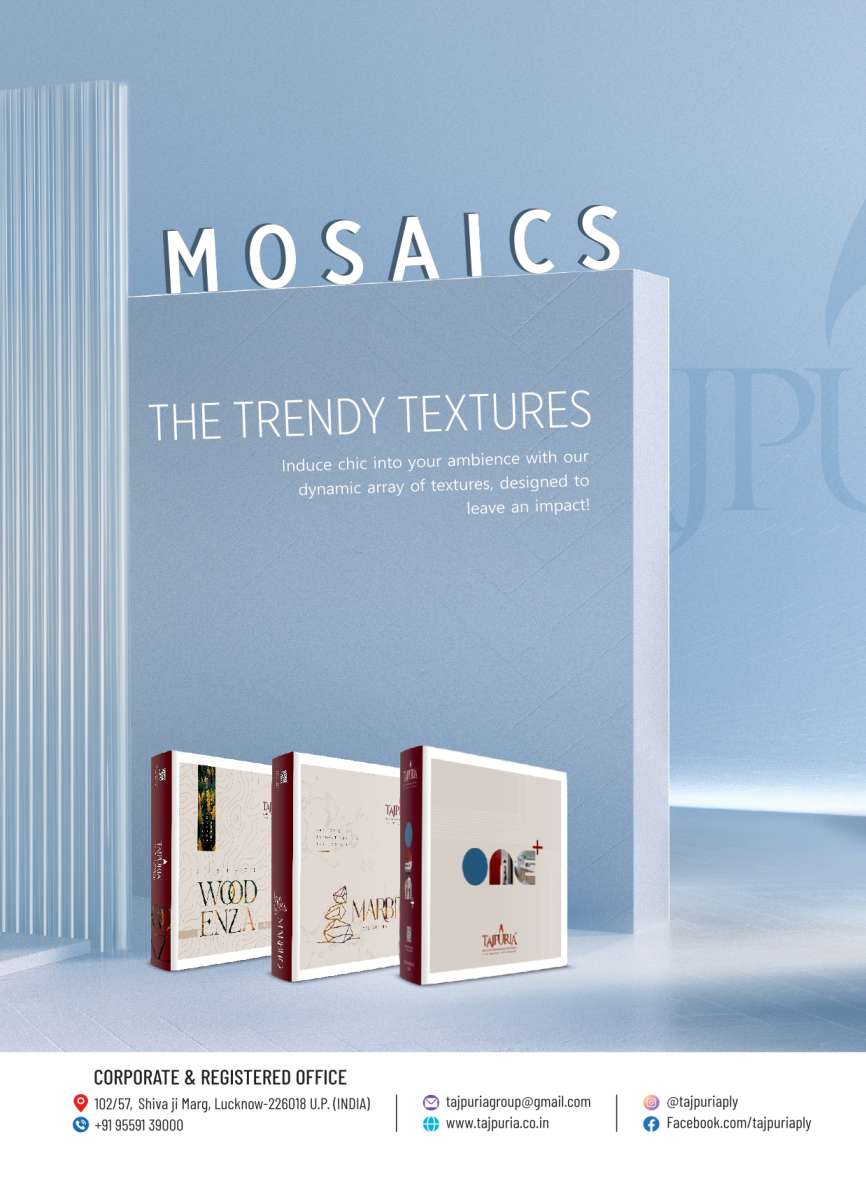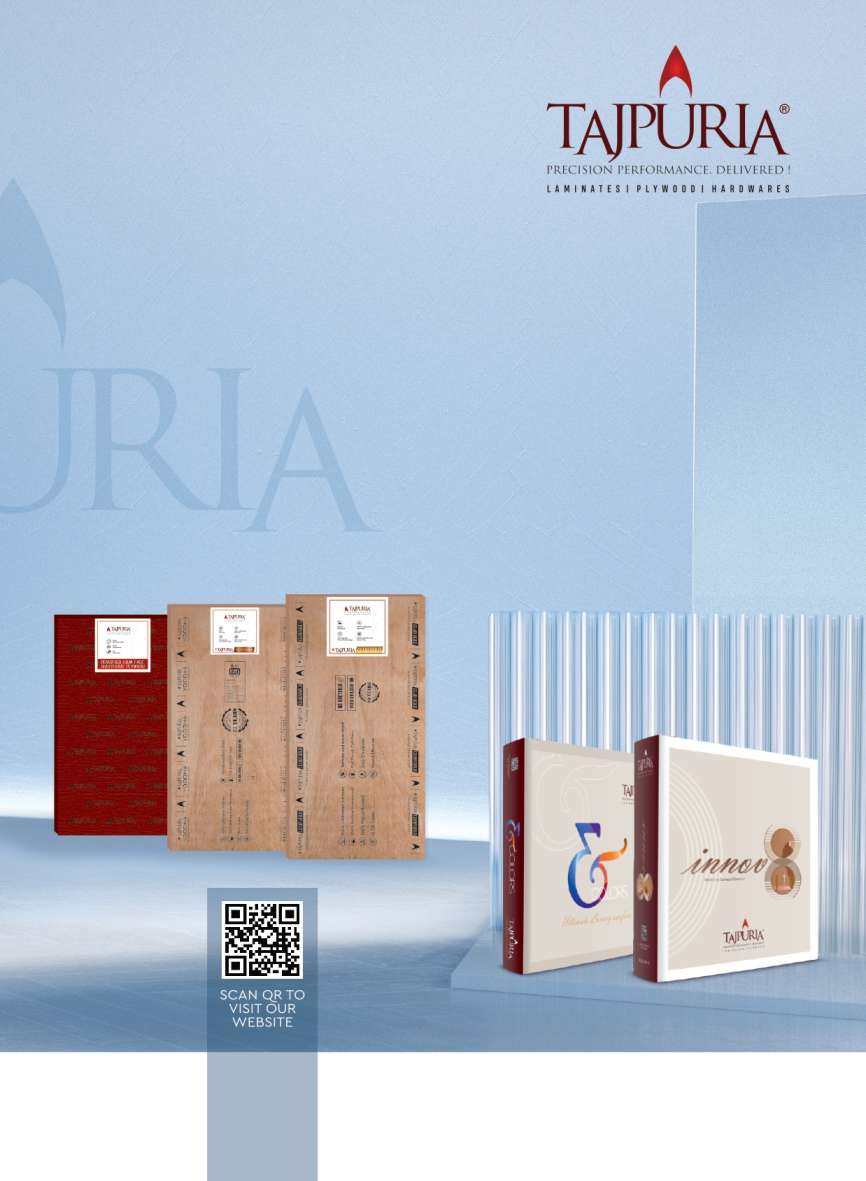
Preparing GST to plug revenue leakages
- जुलाई 7, 2022
- 0
The Goods and Services Tax (GST) Council’s decision to bring unbranded packaged consumer items within the GST net is meant to plug revenue leakages and reduce disputes, Central Board of Indirect Taxes and Customs (CBIC) Chairman Vivek Johri has said.
The CBIC chairman said the decisions taken by the Council would build a robust tax system without being intrusive.“All these steps are improvements towards making the tax system more transparent and for increasing revenue productivity. If you go through the fine print, it provides relief to taxpayers in terms of compliance. So, the whole idea is to improve the systems by making them as simple as possible. When we do that, we also want to make life easier for honest taxpayers,” he added.
On the decision to reform GST system, Johri said it would bring down cases of fake invoices and other GST frauds, and also help in eradicating black money generation.
The Centre, with support from the states, has so far detected input tax credit fraud of रु 50,000 crore under its enforcement drive launched in November 2020, “We’ve done a multi-pronged attack to track down errant taxpayers. Early this year we mandated sequential filing of GST returns. That takes away the incentive to go for fake billing as this thrives on a long time period. If that window is reduced, the incentive to do that goes down,” he said.
Joshi said that “We are triangulating data between GST and customs and income tax. That itself is a wealth of data, which we are using in the best possible manner for risk profiling. Besides, GSTN is also exchanging data with the Ministry of Corporate Affairs (MCA), particularly when it comes to new generation to match where the companies seeking registration are in the ministry’s database. We are also exchanging databases with the UIDAI for Aadhaar related data.”
Johri said the suggestion by the group of ministers on information technology reforms would be effective for risk profiling. “One, there will be use of artificial intelligence and machine learning for risk profiling of new taxpayers. Second, the ingestion of electricity meter data into the GST system will ensure that any new person who’s asking for registration actually physically exists at that location. Another one is geo-tagging of location. So I think all three will help us improve the GST systems and also assess whether the taxpayers who is entering the system is actually a physical entity and is not there just to raise fake invoices,” he explained.
जीएसटी में राजस्व रिसाव रोकने की कवायद
केंद्रीय अप्रत्यक्ष कर बोर्ड (सीबीआईसी) के चेयरमैन विवेक जौहरी ने आज कहा कि वस्तु एवं सेवा कर (जीएसटी ) परिषद का गैर ब्रांडेड पैकेज्ड उपभोक्ता वस्तुओं को जीएसटी के दायरे में लाने के फैसले से राजस्व में रिसाव रुकेगा और विवादों में कमी आएगी।
सीबीआईसी के चेयरमैन ने कहा कि परिषद द्वारा लिए गए सभी फैसले बगैर किसी हस्तक्षेप के मजबूत कर व्यवस्था बनाने की दिशा में होंगे। उन्होंने कहा, ‘सभी फैसले कर व्यवस्था को ज्यादा पारदर्शी बनाने और राजस्व व्यवस्था उत्पादक बनाने के लिए होते हैं. अगर आप इसके ब्योरे को देखेंगे तो पता चलेगा कि इससे अनुपालन के हिसाब से करदाताओं को राहत मिली है. कुल मिलाकर इसके पीछे विचार यह है कि व्यवस्था को यथासंभव सरल बनाया जाए और कोई हस्तक्षेप न हो. जब हम ऐसा करते हैं तो हम ईमानदार करदाताओं की जिंदगी आसान बनाने की कवायद करते हैं.’
जीएसटी व्यवस्था में सुधार के फैसले पर जौहरी ने कहा कि इससे फर्जी इनवॉइस बनाने के मामलों में कमी आएगी और अन्य जीएसटी धोखाधड़ी को उल्लेखनीय रूप से रोका जा सकेगा, साथ ही इससे काले धन का सृजन भी खत्म होगा.
राज्यों के समर्थन के साथ केंद्र ने नवंबर 2020 में शुरू प्रवर्तन अभियान के माध्यम से 50,000 करोड़ रूपये की इनपुट टैक्स क्रेडिट धोखाधड़ी चिन्हित की है.
जौहरी ने कहा कि ‘हम पहले ही जीएसटी, सीमा शुल्क व आयकर के आंकड़ों को एक दूसरे से साझा कर रहे हैं इससे आंकड़ों के हिसाब से समृद्धि आई है. इसका इस्तेमाल जोखिम प्रोफाइल तैयार करने में बेहतर तरीके से हो रहा है. इसके आलावा जीएसटीएन भी कंपनी मामलो के विभाग (एमसीए) के साथ आंकड़े साझा कर रहा है. साथ ही हम यूआईडीएआई के साथ भी आधार संबंधित आंकड़ों के लिए आंकड़ों की अदल-बदली कर रहे हैं.’
जौहरी ने कहा कि सूचना तकनीकी सुधारों पर मंत्रियों के सूमह के सुझाव रिस्क प्रोफाइलिंग के लिए बहुत प्रभावी हैं. उन्होंने कहा, ‘पहला, नए करदाताओं के लिए कृत्रिम मेधा और मशीन लर्निंग का इस्तेमाल. दूसरा, बिजली मीटर के आंकड़ों को जीएसटी व्यवस्था से जोड़ना, जिससे की यह सुनिश्चित हो सके कि जो व्यक्ति पंजीकरण चाहता है, वास्तव में उस जगह पर भौतिक रूप से मौजूद है. एक और मसला स्थल की जियोटैगिंग का है. इस तरह से हमे लगता है कि इन तीनों से हमें जीएसटी व्यवस्था दुरुस्त करने में मदद मिलेगी। साथ ही यह भी आकलन हो सकेगा कि जो करदाता व्यवस्था में शामिल हो रहा है, वह भौतिक इकाई है और वह सिर्फ फर्जी इनवॉइस नहीं बना रहा है.’
![]()

































































